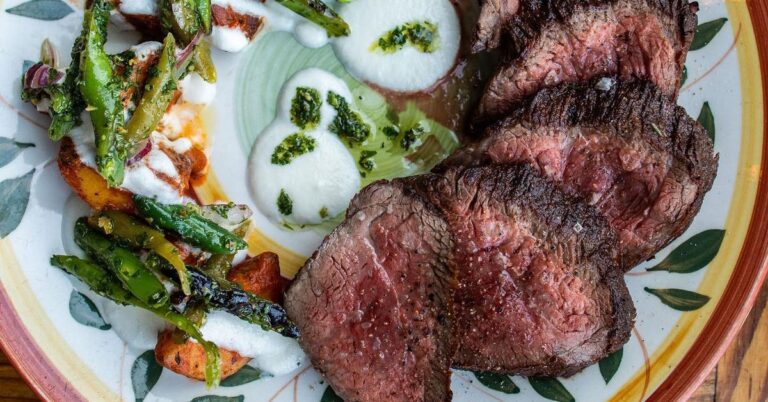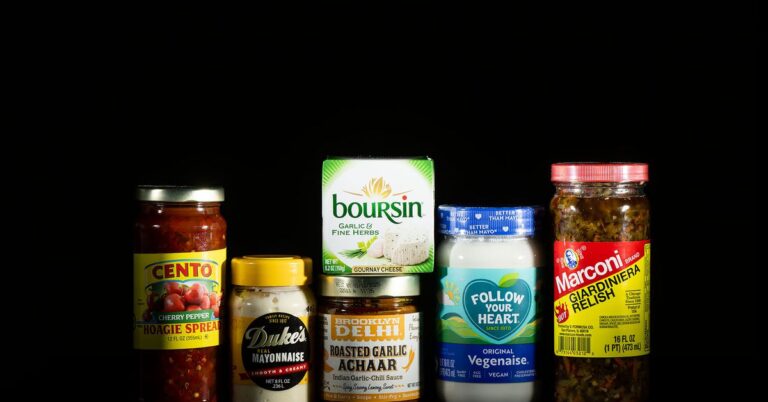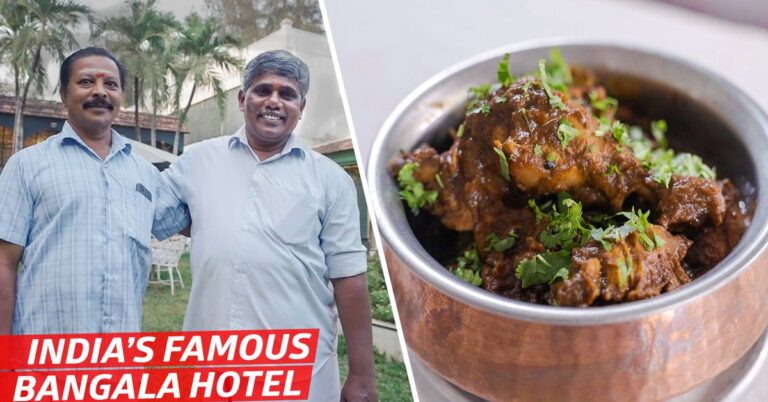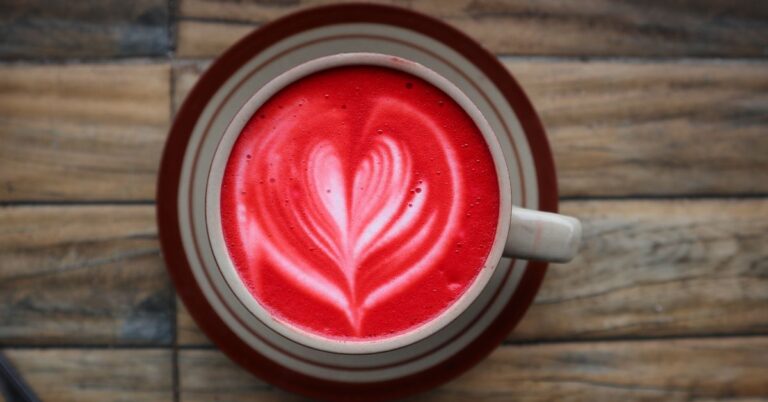How the Skinny Margarita Became So Popular (and Reviled)
During the first season of The Real Housewives of New York City, aired in 2008, a self-styled natural foods chef with an acerbic wit orders a cocktail of her own creation at the celebrity haunt Philippe—the “only drink” she’ll drink, she professes. “I call it the skinny girl’s Margarita.”
To the attending waiter, this brash innovator, Bethenny Frankel, then recites her recipe: “Patrón silver on the rocks, fresh lime juice and a little splash of triple sec.” During the season reunion, when Frankel is prompted to repeat her formula, she specifies Cointreau for the orange liqueur—but really, any triple sec will do.
It was all part of an elaborate plan for the burgeoning mogul, who would eventually admit that she “went on the show single-handedly and exclusively for business.” Just a year after informally pitching her signature drink to an unknowing audience, Frankel built a veritable low-calorie empire, constructed from frosted-glass bottles of her Skinnygirl Margarita. By 2010, Skinnygirl was the fastest-growing spirits brand in the country. The following year, when Frankel sold the brand to the multinational spirits giant, Beam Suntory, the deal was worth an estimated $100 million or more. Even without Frankel’s complete control, Skinnygirl would continue to grow: In 2012, at which point the brand had expanded to include additional ready-to-drink cocktails and beverages, Beam Suntory announced that net sales of Skinnygirl were up a staggering 486 percent.
Meanwhile, Frankel’s savvy concept had infiltrated nearly every genre of food and drink establishment, where customers began placing what would’ve been an inscrutable order just a few years earlier. “You started hearing it at the bar all of a sudden,” recalls Leanne Favre, the bar manager at Leyenda in Brooklyn, who in the early 2010s was working at the since-shuttered agave bar Mayahuel. And while the Skinny Margarita reigned supreme, no drink was immune to Frankel’s influence: By 2013, more than a third of chain restaurants with liquor licenses had “skinny” cocktails on their menu.
So began the astronomical rise of the Skinny Margarita, a drink that wedged itself so resolutely into pop culture that it has attained call-drink status. While all bartenders have their own way of preparing the cocktail, the typical move is to follow their specs for a classic Margarita and either decrease or omit the sweetener, such as simple syrup or agave nectar, or the orange liqueur. But across personal blogs and sprawling recipe hubs, where riffs on the Skinny Margarita abound, the formula gets increasingly convoluted. In place of Cointreau or triple sec, some recipes use fresh orange juice to impart a similar flavor; bleaker riffs rely on Splenda simple syrup for sweetness. Even if someone has never dragged their forefinger down a chain restaurant’s drinks menu and landed on the Skinny Margarita, they likely feel some sort of way about the cocktail.
“The name, I always thought to be silly,” says Amy Breen, who was bartending in Nashville in the early 2010s. Favre, not a fan of the cocktail, isn’t so forgiving: “The Skinny Margarita is a misnomer and an unbalanced drink.”
While it’s not uncommon for a popular ersatz cocktail to elicit mockery, few are as divisive as the ungovernable reduced-calorie Margarita. Some of the disapproval is based on principle; many craft bartenders, for instance, find the drink to be off-kilter and annoying. But the broader resentment arguably stems from its loaded name. Whereas a “light” or “lean” Margarita could indicate a simple taste preference, “skinny” evokes visceral memories of the noxious diet culture that has targeted women for decades. Only someone woefully vain and shallow, an uncharitable line of thought might go, would order such a cocktail. It is a drink that embodies “guilt-free” indulgence, and has inspired sexist ire unmatched by any other cocktail; only the vodka-soda may come close. And yet, even as notions of dieting and the surrounding rhetoric have aged, the drink persists.
“Even as notions of dieting and the surrounding rhetoric have aged, the drink persists.”
Whether Frankel was the first person to conceive of a lower-sugar Margarita is ultimately irrelevant—its advent was inevitable. While classic cocktails have been known to shape-shift with the times, few have so conspicuously and frequently as America’s favorite drink. When the south-of-the-border cocktail embedded itself in American culture in the mid-1900s, it essentially was a Skinny Margarita: a harmonious blend of tequila, lime and orange liqueur. Since then—as restaurateurs have devised ingenious ways to freeze the blend, new spirits have entered the market and taste preferences have emerged—the malleable Margarita has undergone numerous transformations.
In the aughts, when the Skinny took off, the Margarita wasn’t in its proudest phase. Expelled through frozen machines and soda guns, the version ubiquitous during this time was a cloying slurry, loaded with viscous sour mix and served in a goblet. Long before Karla Flores-Mercado opened Bar Flores, a vibrant cocktail bar in Los Angeles’ Echo Park beloved for its house Margarita, she served the cocktail at a chain restaurant, a breed of establishment that was instrumental in accelerating the sweet Margarita’s ascent. “My first job ever, actually, was working at an Acapulco restaurant, and we used to have Margarita Mondays,” she recalls. “They were a dollar and fifty cents. I literally never juiced or prepped.”
Of course, not all Margaritas fell victim to the sickly mediocrity that the Skinny Margarita emerged in response to. After all, it was during the 1990s that the illustrious Julio Bermejo took over the bar program at his family’s Tommy’s Mexican Restaurant in San Francisco, where he conceived of the Tommy’s Margarita. Built on the simple trinity of 100 percent agave tequila, agave nectar and fresh-squeezed lime juice, the Margarita is now a modern classic—and what some unwitting customers expect these days when they order a Skinny. (Agave syrup is a common sweetener in Skinny Margarita recipes, owing to its low ranking on the glycemic index. Its purported health benefits, though, are dubious.)
In creating the Tommy’s version, Bermejo “wanted to try to make the tequila be the standout of the cocktail” — he wasn’t motivated by the desire to cut calories. “It wasn’t that we were trying to make a Skinny Margarita,” he says. “We just wanted to try to make a more balanced drink, totally predicated on the fact that the distillate is the most important component. I only heard the term [Skinny Margarita] around the time of that Bethenny woman, but we think that the Tommy’s Margarita accomplished that without trying to.”
“There’s no night that goes by where there isn’t a request for a Skinny Margarita.”
While many chain restaurants have rid their drink menus of “skinny” language, you can still sip on a Naturally Skinny ’Rita alongside your Bloomin’ Onion at Outback Steakhouse, and among the vast offerings at Acapulco is a Cilantro Cucumber Skinny Margarita. At The Wharf Fort Lauderdale, a bustling outdoor venue, “When you’re behind the bar, you can get the same amount of requests for regular Margaritas as Skinny Margaritas,” says bartender Diego Filet, who created his own Skinny recipe due to its overwhelming popularity. (His version contains blanco tequila and triple sec, plus fresh-squeezed lime, lemon and orange juice.)
Even at cocktail bars known for their Margaritas, the Skinny has proven hardy. And should anyone really be surprised? Brands may no longer feature measuring tapes and scales on their logos, but the grip that thinness has on us remains firm. At Leyenda, says Favre, “There’s not a night that goes by where there isn’t a request for a Skinny Margarita.”






